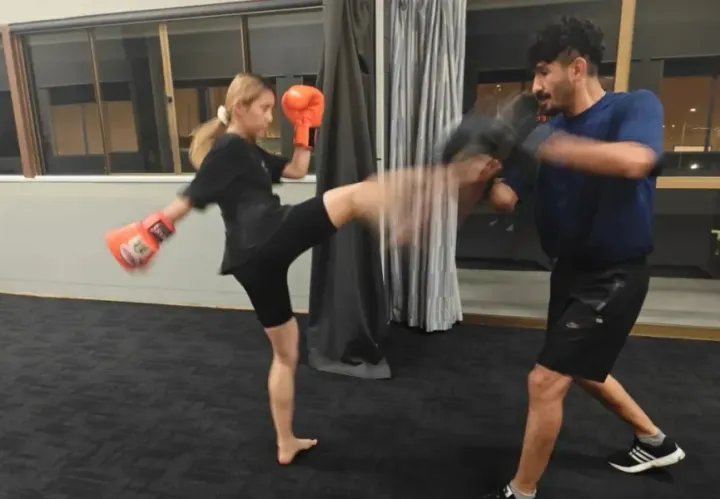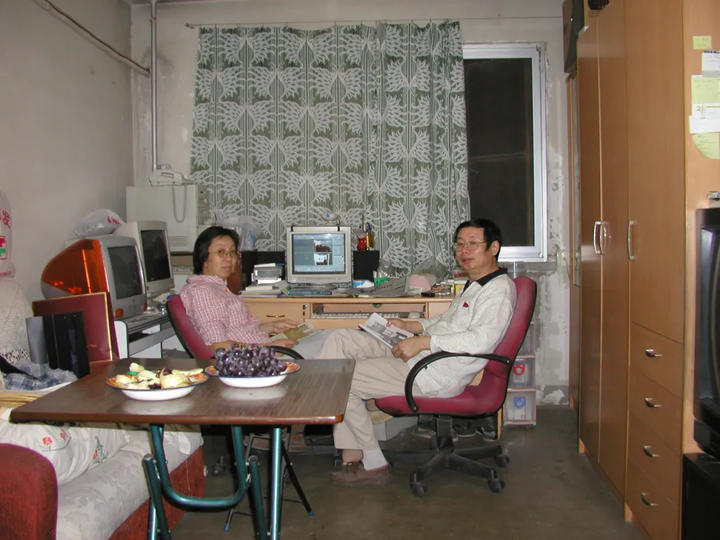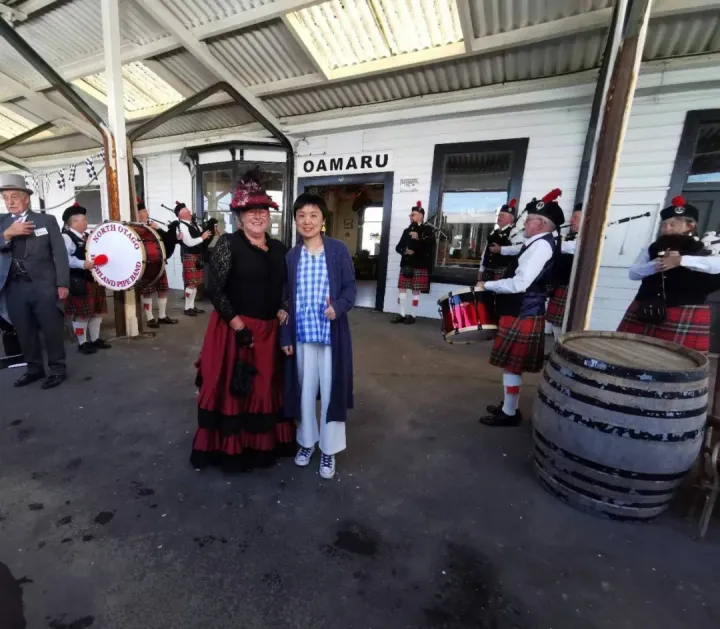A Chinese girl does the coolest job in New Zealand: she tattoos Chinese ink art on people' skin
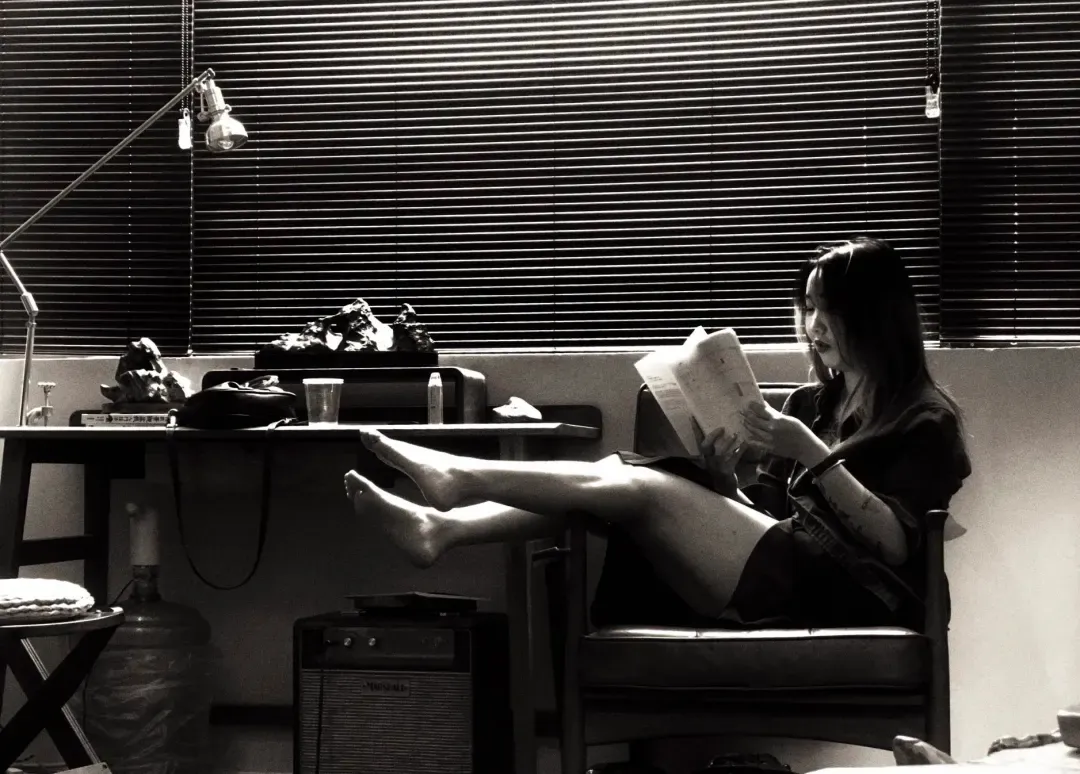
Staff Writer: Yima
Image Source: Supplied
Walking on the streets of New Zealand, you will see many pedestrians with tattoos. Behind these patterns etched on their bodies lie the vibrant stories of life.
As an immigrant country, New Zealand is a place of diverse cultures, where people from different nations and ethnicities come to live and share their traditions.
Today’s story is about a Chinese tattoo artist living in New Zealand. She not only paints traditional Chinese art but also creates tattoos. Let’s listen to her share her story as a tattoo artist in New Zealand.
This is Trista’s story.

Immersed in Art from Childhood
I’m Trista, born in 1991 in Wuhan, Hubei China.
My parents both love art. Influenced by them, I attended an arts-focused kindergarten, where I learned piano, painting, and dancing, but I felt most at peace with drawing.

My parents didn’t push me to learn art with any ulterior motives, so there wasn’t much pressure. Because of this relaxed approach to education, I genuinely fell in love with and enjoyed art.
I had a very happy childhood. My parents often took me on trips, and I grew up freely.

Moving to New Zealand for Love
Many people wonder why I came to New Zealand to become a tattoo artist. Behind it is a love story.
I live in New Zealand because my husband is a Kiwi. I met him while in college.
At 18, I was accepted into Hubei Academy of Fine Arts to study contemporary art.
At that time, I loved going to the VOX live house for music and enjoyed vintage fashion. I started working at Rotten Heart, a vintage store under the live house.
It was there that I met many musicians and artists, including my current husband, Jesse.

Jesse’s parents are New Zealanders, but they worked as teachers in various Chinese cities when he was young. Jesse was brought to China when he was young, so he speaks fluent Chinese, and we have fewer cultural clashes because of that.
Later, his parents returned to New Zealand, but Jesse, who loves Chinese culture, stayed to work and live there.
Jesse is a musician. He worked as a DJ for five years in Wuhan, where he was well-known in the DJ scene. After I became a tattoo artist, some clients would say, “Jesse’s music had a big influence on me,” which touched me deeply.

Becoming a “Black Sheep”
Regarding becoming a tattoo artist, I always felt it wasn’t me choosing tattooing, it was tattooing choosing me.
In 2015, I attended a tattoo art exhibition and was deeply moved by the work of traditional tattoo artists. In the winter of 2015, I began learning tattooing under my first mentor, Master A Dan.

After working as a tattoo artist for some time, I went to Taiwan in 2017 for further study, and in 2019, I continued my training with Master Wencui in Hangzhou.
In 2016, I opened my first tattoo studio opposite the Yellow Crane Tower in Wuchang. I named it “Black Sheep Ink” after the song "Black Sheep" by Gin Wigmore.
"Everybody's doing it so why the hell should I
Everybody's doing it so why the hell should I"

Starting a tattoo business felt like going against the grain, but it was something I genuinely loved.
I have no regrets to this day.
In the beginning, I had to buy pigskin from the nearby meat market to practice tattooing. It got to the point where the smell of pork made me nauseous, as pigskin is closest in texture to human skin.
We had to select tender, smooth skin, as many pieces were scarred or aged. I developed an instinct for picking the best practice pigskin.

Incorporating Traditional Chinese Art into Tattoos
In China, tattoos are often associated with rebellion or gangs, but they are really just an artistic expression. Tattooing on skin and painting on xuan paper share an intriguing connection.

After completing my undergraduate degree, I developed a strong interest in traditional Chinese art, so I switched to Chinese painting for my master’s degree.
During my studies, I also became deeply interested in Chinese opera figures, which is a fascinating visual art form. It condenses Chinese aesthetics into simple, stylized movements full of meaning.

This academic growth greatly influenced my tattoo creations, and I started producing works with Chinese elements.
Returning to Tattooing in New Zealand
When I first arrived in New Zealand, I couldn’t work due to visa issues. During that waiting period, I took up pottery classes and learned a new skill.
Once I obtained work rights, I returned to tattooing, working at a studio in Hamilton. Unlike the fast-paced work environment in China, here I had more time to reflect on my creations.

I noticed that many of the Maori people had tattoos with distinct cultural significance. The patterns represented their family and heritage.

In contrast to China, where tattoo clients were mainly young people, I often worked with older clients here. Once, a nearly 90-year-old lady came in for a tattoo of a needle and thread with a heart, reflecting her love for sewing.
Promoting Chinese Culture through Tattoos
2024, I moved to Auckland and joined a new tattoo studio.
There are many tourists here, and they often want tattoos featuring New Zealand elements, like the silver fern.

As a Chinese tattoo artist, I aim to create designs that combine both Chinese and New Zealand elements. In fact, many aesthetic values are universal. For example, New Zealanders love nature, and so do we Chinese, especially scholars who find inspiration in landscapes.

Of course, serving foreign clients comes with a few challenges.
Sometimes clients bring Chinese poem tattoos and ask for them in Japanese, so I patiently explain that it’s actually in Chinese. Many foreigners can’t distinguish between Chinese, Japanese, and Korean cultures, not out of disrespect, but because they simply don’t know.
So, I take the time to explain and provide credible materials rather than relying on secondhand information from the internet.

As a tattoo artist abroad, I feel a greater sense of mission. Through my tattoos, I want to share our rich culture and introduce foreigners to Chinese aesthetics.
To improve my work, I continue learning. Recently, I started taking calligraphy classes, hoping to incorporate calligraphy into my future creations.
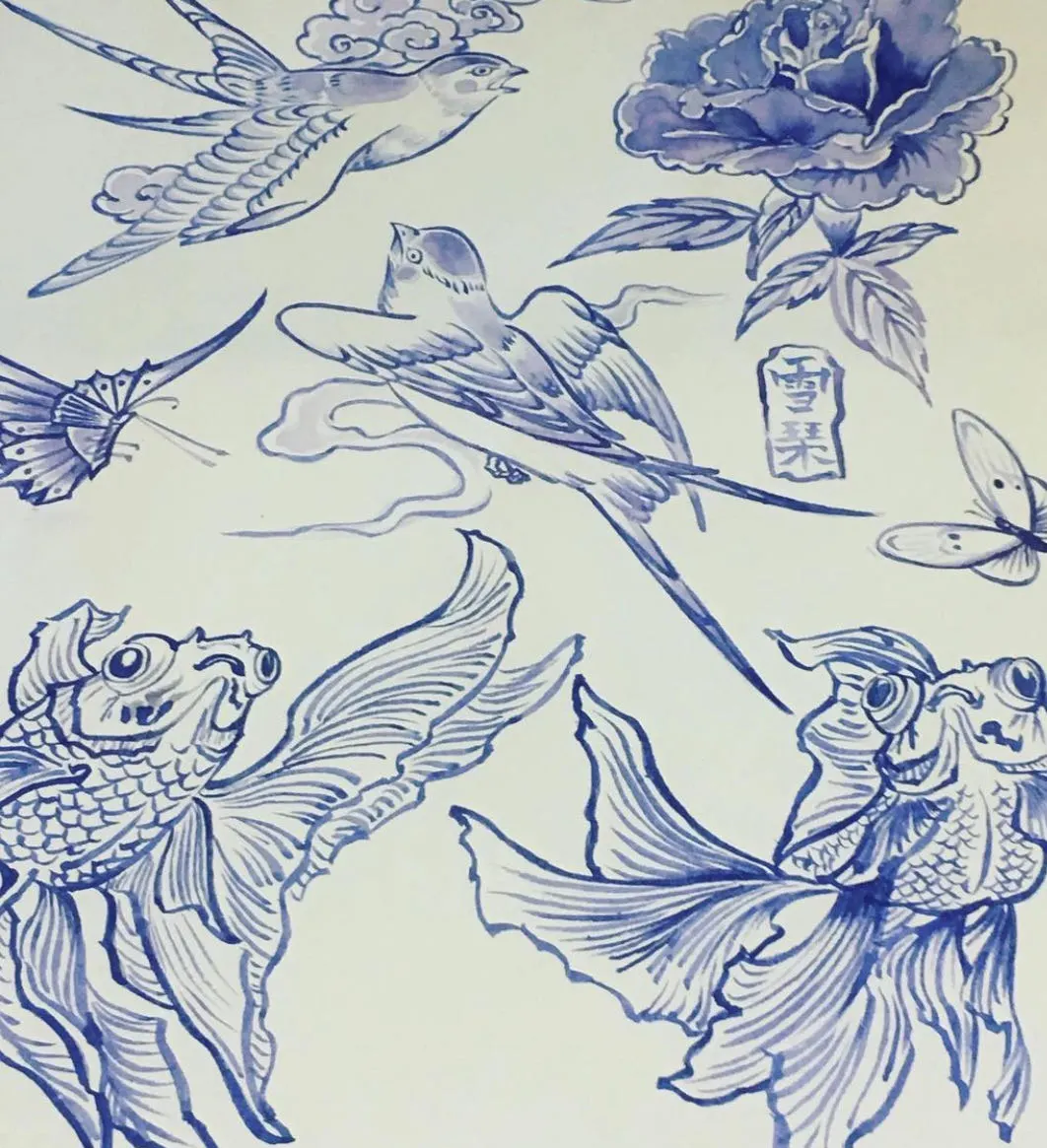
Lately, I’ve been planning a new tattoo series called “New Zealand Classic of Mountains and Seas,” using ink to depict New Zealand’s flora and fauna. The first piece is themed around the fantail bird, and I plan to create more.

Looking back, I’ve been painting for over 20 years, from the studios of Wuhan to the tattoo parlors of Auckland. While the location has changed, my passion for art remains the same.
Yesterday doesn’t matter as much as tomorrow; it’s about the future I want to create. To achieve that, what I do today is key. So, I live and create with intention, taking it step by step to make my dreams a reality.
Whether in China or New Zealand, I’ll always live up to my studio’s name, "Black Gold Tattoo," turning ink into gold and painting a beautiful life.

